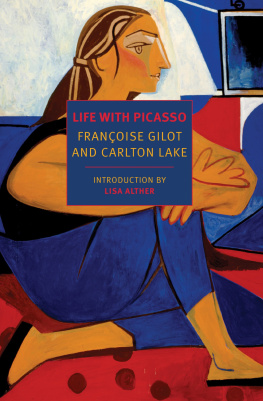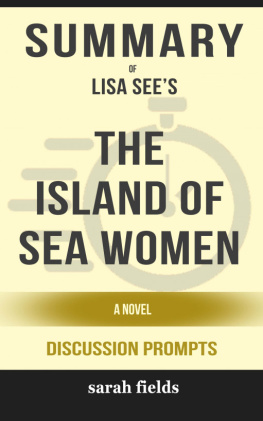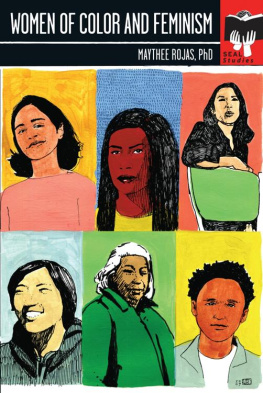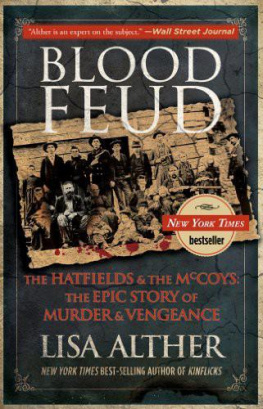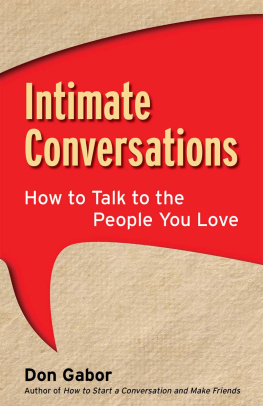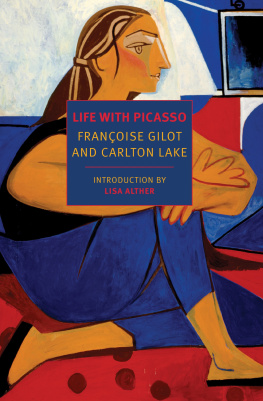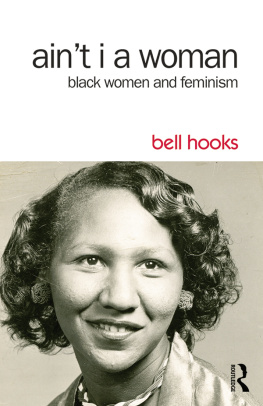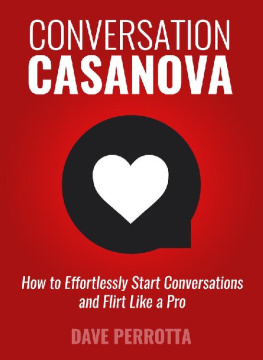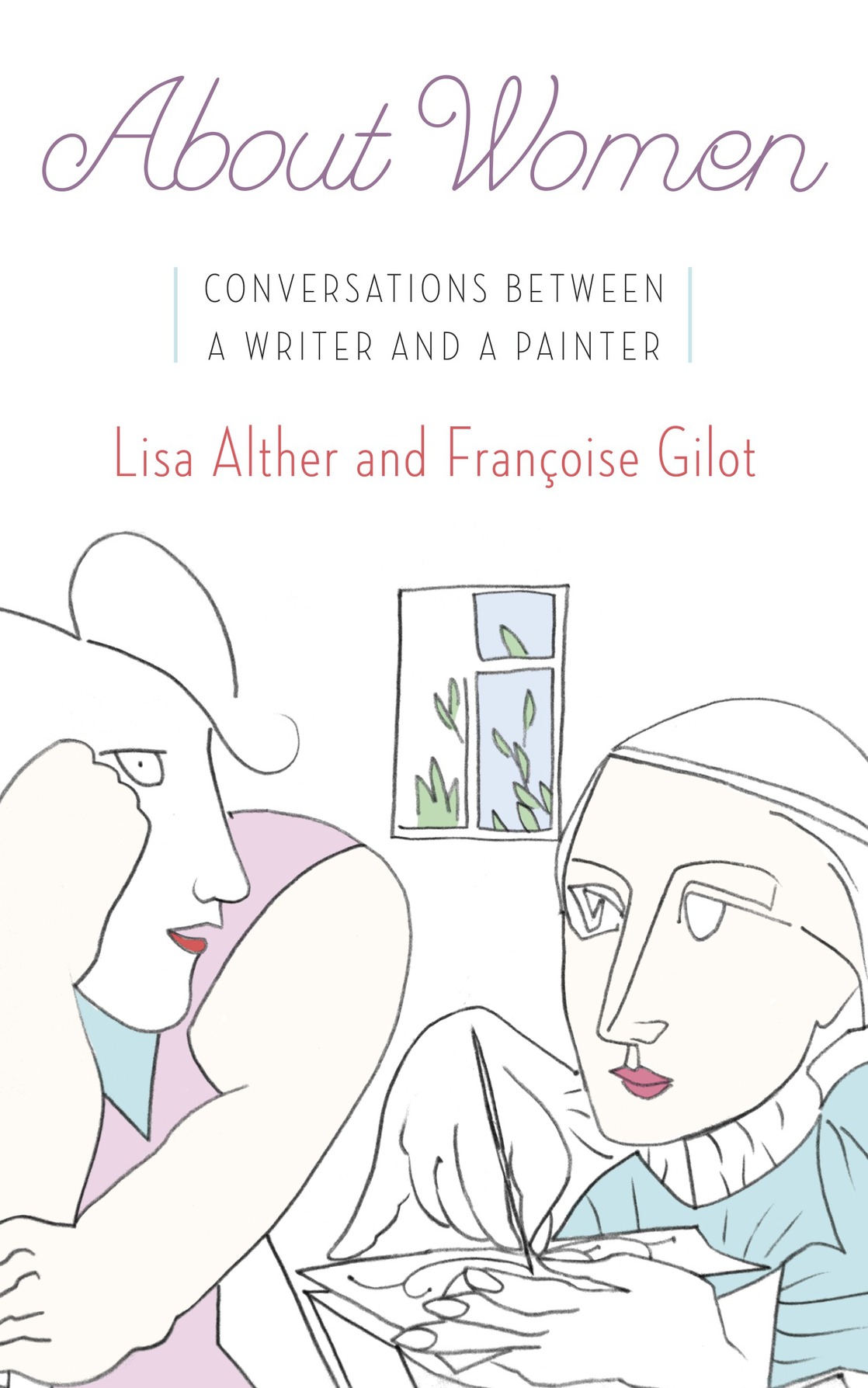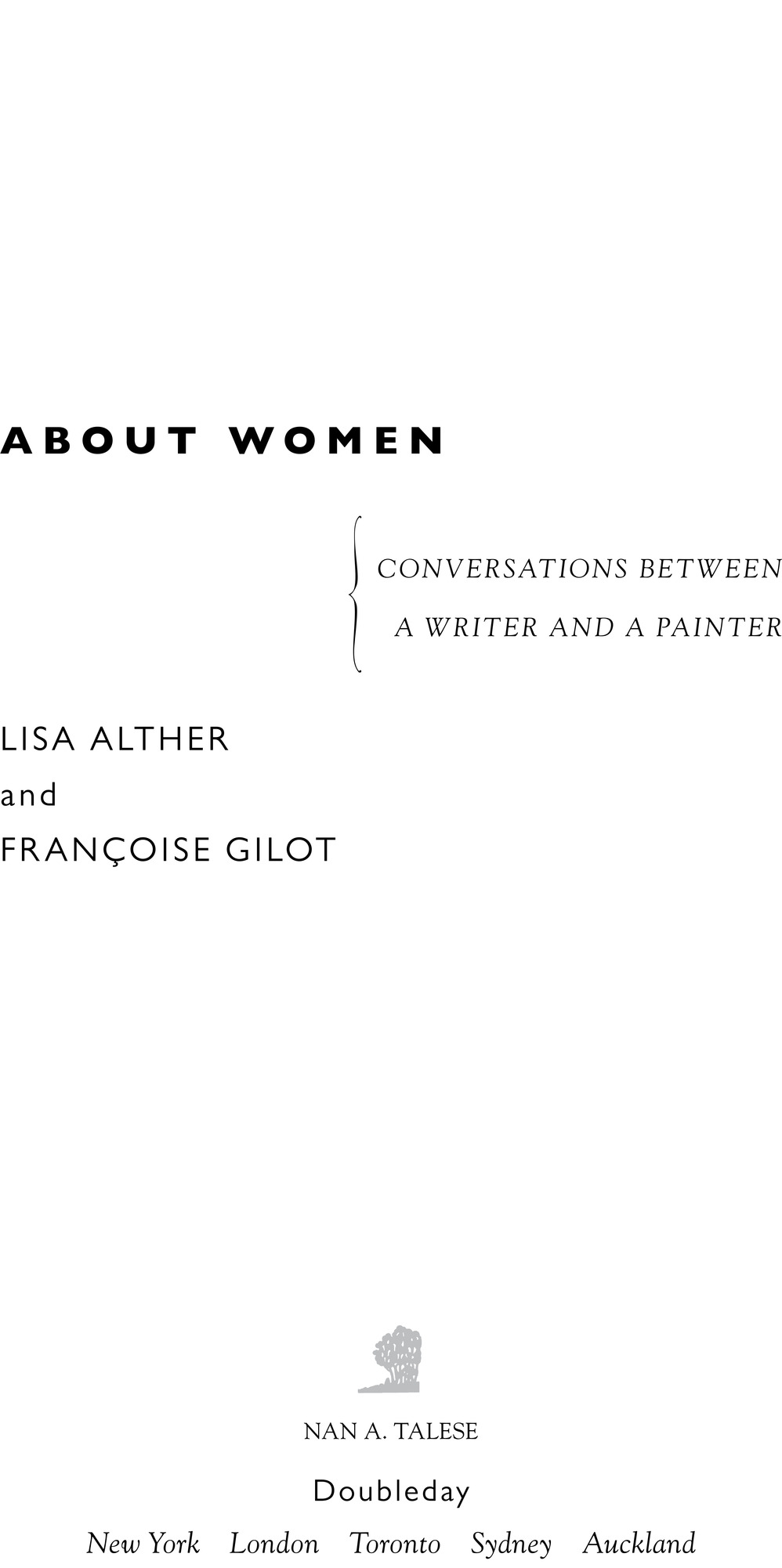LISA ALTHER:
All through my school days, my drawings in art classes never looked the way I wanted them to. Later, once I discovered an aptitude for writing, I would probably have agreed with the philosopher Ludwig Wittgenstein when he said, All I know is what I have words for.
Yet those who were able to pluck images out of thin air and re-create them on flat surfaces with paints and pencils continued to intrigue me. For twenty-some years, I was married to a painter, and I used to watch by the hour as his brushes and paints transformed canvases or watery sheets of paper into recognizable forms and figures. This process seemed almost magical to me.
At some point, though, I realized that what I did when I wrote was not so different: I would see in my head a shadowy scene involving strangers doing things I didnt understand. I would tell myself stories about these people until I could figure out who they were, and why they were behaving like that, and how their activities fitted into a larger plot that would eventually evolve into a short story or a novel. I used words instead of paints, but this process of extracting images from the ether was roughly the same.
After becoming friends with Franoise Gilot, I sometimes watched her construct monotypes on a lithographic press in SoHo or witnessed oil paintings in progress on her easel. One afternoon in her Paris studio, she gave me a watercolor lesson. I painted watercolors for several years afterward, discovering for myself a bit about how to translate the enigmatic figures lurking in my imagination into visual images on paper rather than into the words of a story.
One series of monotypes I watched Franoise compose in SoHo featured a strange mythological creature with a human body, large wings, and a beak-like nose. I named him Birdman and began to invent a story line for him, based on the successive monotypes as they emerged from the press. I wrote up this story and showed it to Franoise, who was astonished to discover her own kidnapped characters performing in my story, a story very different from the one she had been telling herself as she created the series. We later published this story in Holland, Denmark, and Germany under the title Birdman and the Dancer, using color plates of some of the monotypes as illustrations.
Franoises French culture is very visual and produces lots of artists, fashion designers, and chefs. In contrast, my homeland, Appalachia, has a history of material deprivation. Since Appalachias earliest settlement, its people have employed what was free and readily available to entertain themselvestheir own voices. They sing, orate, preach, and tell jokes and stories. Its an aural culture, and an oral one. Growing up there, I was programmed to access the world via my sense of hearing.
But people are often drawn to what they lack, hoping thereby to complete themselves. My friendship with Franoise helped me to develop my eyes, overwhelmed for so long by my ears. The experience of sometimes viewing the world through her eyes and her art work opened up for me an alternate pathway for apprehending reality, one that complements and enriches my own.
FRANOISE GILOT:
Even for the most dedicated artists in each and every mode of expression, the creative process is, and remains, mysterious. Its as if from the start, the friendship that developed between Lisa Alther, an American novelist, and myself, a painter originally from France, had a lot to do with a mutual curiosity about what sets off and nurtures the artistic imagination. Each, facing the other, reflected to the infinite the combination of shapes and colors, as in parallel mirrors. From this confrontation, our hope was that unexpected aspects of forms and meaning could and would become manifest.
It is a well-known fact that women are often gifted raconteuses. Retelling legends or personal remembrances, they transmit the power of speech to the next generation. Therefore, its quite natural that we selected dialogues as the easiest means for communicating the enthusiasm necessary to promote the flight of the imagination in both writing and painting. It is often thanks to anecdotes relating unusual information that we succeed in taming important ideas and unexpected phenomena.
Even though my paintings are not illustrative, I spend much of my time telling myself stories, which often are at the origin of my drawings or canvases. In 1953, for example, I started to think about two friends, one of whom read to the other a poem she had composed, relating to a mysterious woman named Zulma. Her name started at the end of the alphabet (with a Z) and ended at its beginning (with an a), composed of five letters, like the fingers on a human hand. The name had come to me from Balzac on account of his real or imaginary friend Zulma Carraud. The Zulma story provoked me and helped me to create most of my paintings and drawings during that year. It also helped me to remain balanced, even though I was going through the difficult process of ending my ten-year relationship with Pablo Picasso, taking my children Claude and Paloma, aged six and four, respectively, back to Paris from Vallauris to start school.
All this has receded into the past as events followed events and many changes occurred through time. Yet this poetic hope enduredfor a garden where, beyond loves catastrophes, there exists a possibility of more peaceful relationships in which grace replaces greed and peace replaces war.


